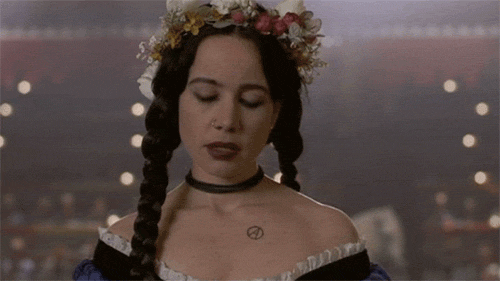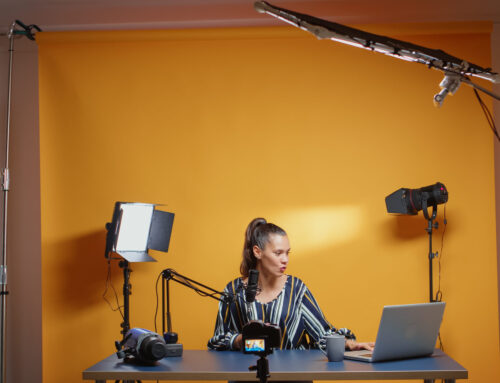
Your reaction when your Executive Director says, “This looks TOO nice.” via GIPHY
Heard this one before?
The theory is that donors will think you wasted their money if any of your communications look like they cost you cash money to produce them. This theory holds that all of that money should be going to programs and services. (This is the same theory that keeps your salary so low, your software so old and your desk chair so rickety, but that’s another post.)
I asked some friends about this and heard back these real-life examples . . .
“I get requests for Comic Sans and clip art style design so that it’ll seem done by a volunteer.”
“If we did anything in four-color, we had to explain that the design or printing was donated, at least in part.”
“I wanted to hire a graphic designer for our annual report, but I was told to do the best I could in Word because that is what donors expected.”
Here are some likely triggers for this kind of thinking (regardless of the actual price associated with them):
- Glossy paper
- Heavy paper
- Embossing
- Full color
- Many different pieces on the same topic (e.g. multiple rack cards or brochures within a folder)
Yes, this problem seems to have a lot to do with printed communications. You really don’t hear nonprofit leaders saying things like “I don’t want our website to look too nice.”
So what’s an appropriate response on your part?
Here’s some advice from the pros:
“I never sacrificed a quality look when I served as Public Relations Director of a nonprofit. Fortunately, I was also the in-house designer. I would recommend shopping around for a graphic design firm that specializes in or works with nonprofits. When you see good design, don’t be afraid to ask the organization which design firm they used. I guarantee you’ll bring in more funding with a cohesive, beautiful design than not.” — Allison Waugh Monnell, Alli’s Studio
“Visual communication is a super-important aspect of any nonprofit’s brand, and good design — the *best* you can possibly afford to get or create yourself — should be reflected throughout all marketing materials. Competent designers don’t necessarily cost more. Printing doesn’t necessarily cost more. I think it’s a branding issue. Nonprofits are generally not the “glossy type.” I almost always spec a satin or matte coated because the brand attributes of many of my nonprofit clients, things like “community-minded,” “friendly,”and “inclusive,” do not generally translate well to the feeling of glossy coated paper, which is too shiny.” — Julia Reich, Stone Soup Creative
“Design isn’t just how something looks. It’s how it works and the experience people have interacting with your product. There are some pretty slick-looking materials that are designed horribly — and a lot of websites that don’t have any semblance of smart UX design. As a nonprofit, I wouldn’t want to skimp on investing in smart design that helps get people to accomplish a goal (such as making a donation or joining an email list). The ROI on a smartly-designed site or print material is going to be much higher than it would be on something that might have cost less, but frustrates people because it isn’t intuitive.” — Peter Panepento, Panepento Strategies
And my two cents . . . If it looks like crap, it’s not a stretch for me to assume that you run your organization like crap too. I get some completely hideous printed newsletters from nonprofits, full of bad writing and terrible graphics, and my gifts to them stay very, very small. Listen to the advice above and find your quality comfort zone, one that matches your target audience, your message, and the medium you are using, but that always conveys that you are professional.
How do you handle the “Don’t make it too nice” request in your organization? Share in the comments!





